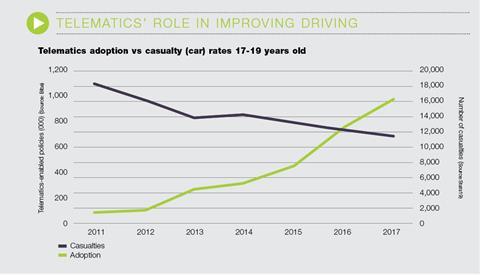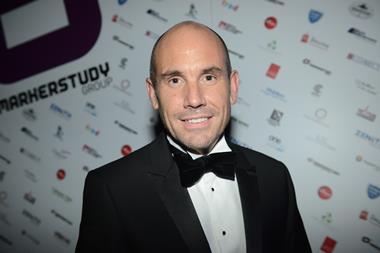After Coverbox fell into administration, experts had questioned the telematics broker model - but the telematics brokers have told Insurance Times why the future is bright
Telematics brokers have hit back at claims questioning the viability of the business model.
After Coverbox went into administration last month, ThingCo chief executive Mike Brockman had told Insurance Times that “other telematics broker models may be equally vulnerable.”
Brockman said it is “essential” when selling a telematics solution to be in full control of pricing, claims handling and operations - something more akin to an MGA telematics model.

But Ed Rochfort, managing director of Carrot Insurance, said that by working closely with an insurer telematics brokers like his can be successful.
“Insurers have a huge amount of expertise and knowledge to offer specialist brokers like us,” he said. “Replicating that in an MGA is challenging.
“By clearly understanding the metrics of success on both sides in a completely transparent way, brokers and insurers can develop successful, sustainable exclusive facilities which reflect the specific features and performance of an individual product.”
Costs
Coverbox founder Penny Searles, who sold the business in 2011, had sounded out a warning that the costs telematics brokers face are much greater than traditional brokers, particularly due to the costs of acquiring the driving data. With new regulations encouraging customers to shop around more, the anticipated reward from these costs on second-year renewal pricing was also being reduced.
However, iGO4 chief executive Matt Munro says the key for a broker is spending in appropriate areas of the business to adapt to market changes.
“While motor market conditions may be tough, there is very much a bright future for agile brokers who have been able to adapt their telematics models rather than just competing on price,” Munro said.
IGO4 has both a consumer-facing offering and works with direct insurers to provide their telematics.
Munro said that investment in its data platform, its pricing capability and the customer experience had been core to its success in telematics.
He added: “We are continuously evolving our model, launching new devices, utilising the driving data for pricing and expanding into new market segments by focusing on the many benefits of telematics, including theft tracking and crash detection.”
He said that brokers can be successful in the telematics market, but that strong relationships with aggregators and the telematics supply chain was also important.
Broad opportunities
Be Wiser chose to acquire the Coverbox customer base of around 10,000 - a deal managing director Sharon Beckett said indicated its confidence in the broker telematics market.
And she said Be Wiser is continuing to “refine and develop” its offerings to further promote telematics.

Beckett said telematics has been proven to have benefits for the consumer and insurer, and that there was more that could be achieved in the next generation of telematics. She said this would present opportunities for players across the market, including brokers.
She said: “The opportunities for telematics are all-encompassing, including the broader markets beyond young drivers, and there is no doubt this type of product range has great advantages for other customers who also face high premiums from traditional insurance offerings, such as older drivers, van drivers etc.
“And now in the second generation of telematics we have apps which make premiums even cheaper and more flexible.
“So whilst of course with any pioneering technology there will be initial failures, there is no need for doom and gloom about the future of telematics or for brokers operating in the market.”
Insurer understanding
However, in order for the insurer-broker partnership to work, Rochfort said it is crucial for the insurer to invest time in understanding the particular product being underwritten.
“No two telematics products are alike,” Rochfort said. “Well thought-through risk management and customer engagement product features can have a fundamentally positive effect on the insurer’s COR – there’s no reason an insurer who carefully quantifies those differences couldn’t succeed in partnership with brokers. But treating them all the same is a recipe for disaster.”
Hosted by comedian and actor Tom Allen, 34 Gold, 23 Silver and 22 Bronze awards were handed out across an amazing 34 categories recognising brilliance and innovation right across the breadth of UK general insurance.




















































No comments yet